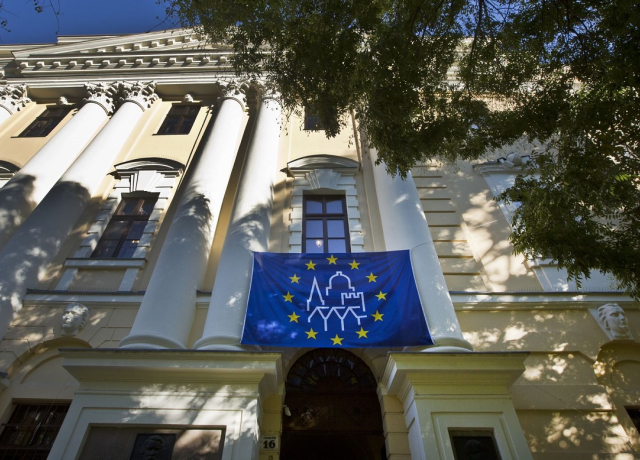Hungary’s European Heritage Days Local Organisers Come Together in Budapest
Hungary’s European Heritage Days Local Organisers Come Together in Budapest
When European Heritage Days national coordinators put their brains together, there is a burst of ideas that make a real difference for Europe. The same principle works on a local level too.
This could be seen at the recent meeting in Budapest, where 50 local event organisers and guests gathered to share experiences and ideas for future European Heritage Days.
The meeting took place on 3 and 4 November in Hotel Benczúr and included presentations on several important topics for Hungary’s heritage. The trends in domestic tourism, the European dimension of Hungary’s heritage, the cultural opportunities in the EHD in Hungary, and the European Year of Cultural Heritage 2018 were just some of the key themes.
This was an opportunity for participants to hear incredible European Heritage Days stories from different parts of the country, as well as from the rest of Europe. The follow-up discussions enabled them to share views and experiences on how to make Hungary’s heritage even more attractive to citizens. This way, they already set the stage for an even more successful European Heritage Days year ahead.
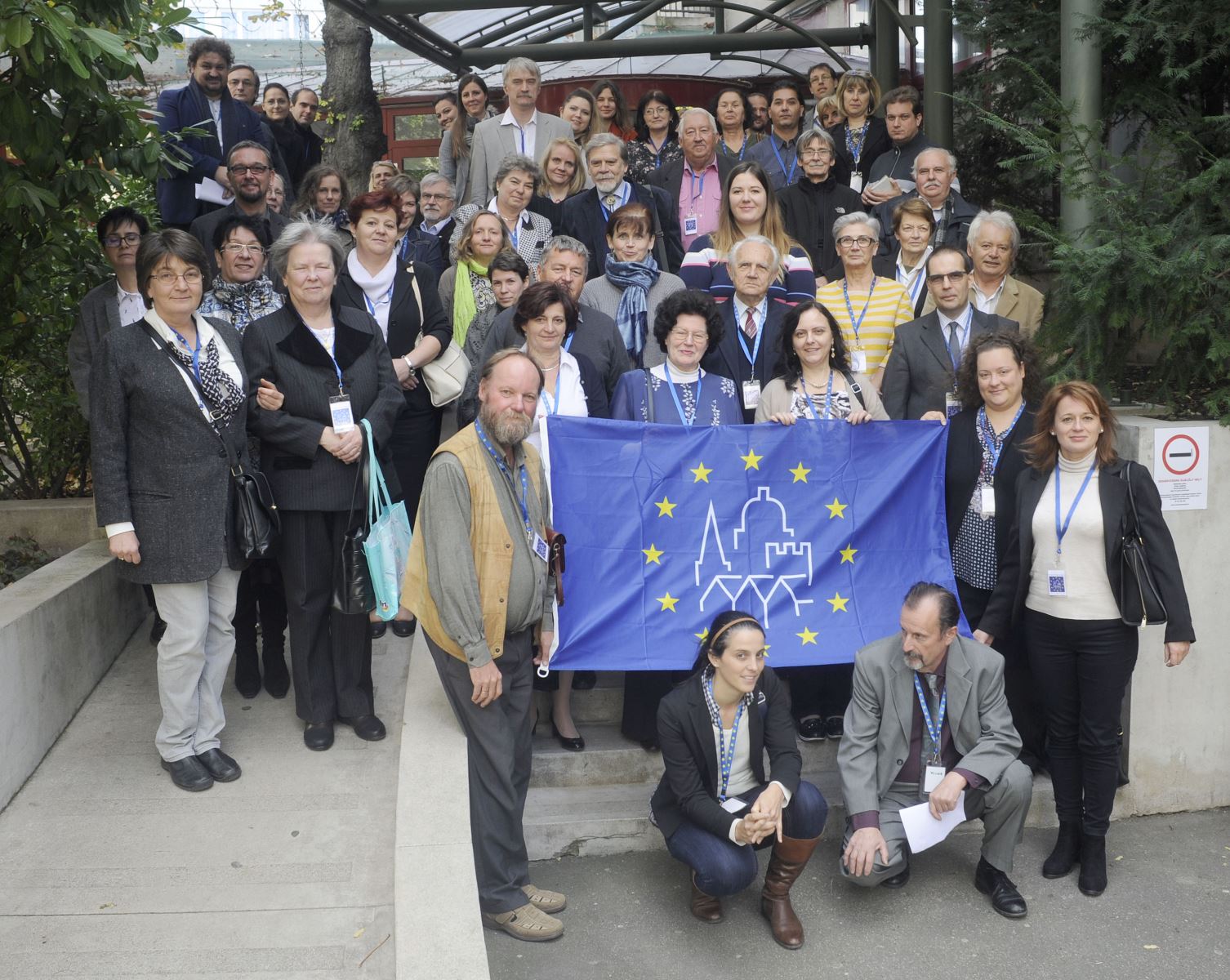
Accompanied with cultural visits to the President’s Office/Schiffer-Villa, Széchenyi Bath, Central European University, the Parliament and Ráth-house, the meeting revived the spirit of European Heritage Days. The participants could see the marvellous heritage of Budapest in all its splendour and learn how the “jewel of Danube” celebrated Europe’s favourite heritage festival.
The meeting was an important extension of the already successful European Heritage Days 2017 in Hungary. The original events gathered thousands of visitors to the country’s most remarkable heritage sites and provided insight into its hidden histories and natural gems.
European Heritage Days in Hungary 2017: An Overview
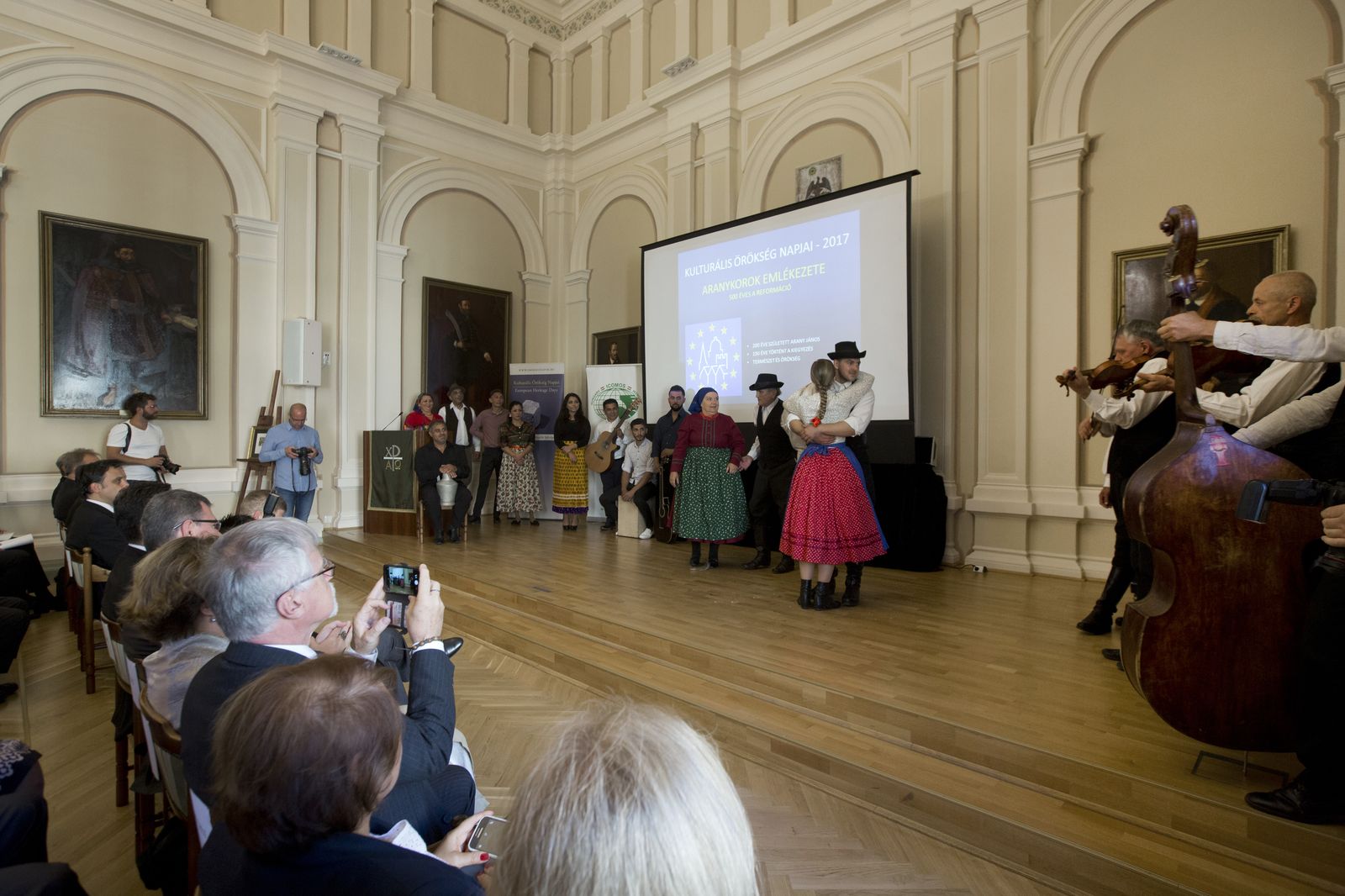
This year’s European Heritage Days events in Hungary followed the common theme of Heritage and Nature and also highlighted other topics. The most important of them was the anniversary of the Reformation, which is why the opening ceremony took place in Debrecen. Known as the “Calvinist Rome,” Debrecen has a rich history related to Protestant Reformation that dates back to the 15th century.
The festival invited citizens for a series of cultural trails, tours, walks, and musical performances, which helped them discover and understand heritage around them. The rich programme enforced the feeling of unity with nature and heritage, particularly through creative events such as a botanical walk at the Károlyi Stately Home, an exhibition of Blessed Gizella’s Archdiocese Collection at Tejfalussy House, a visit to Batthyány-Montenuovo Mausoleum, and many others.
The programme for the 2017 edition of European Heritage Days in Hungary was presented on 15 September at a special ceremony in Debrecen in the ceremonial hall of the Reformatted College. Over 100 participants joined to celebrate the launch of a new European Heritage Days year and welcome the new programme.
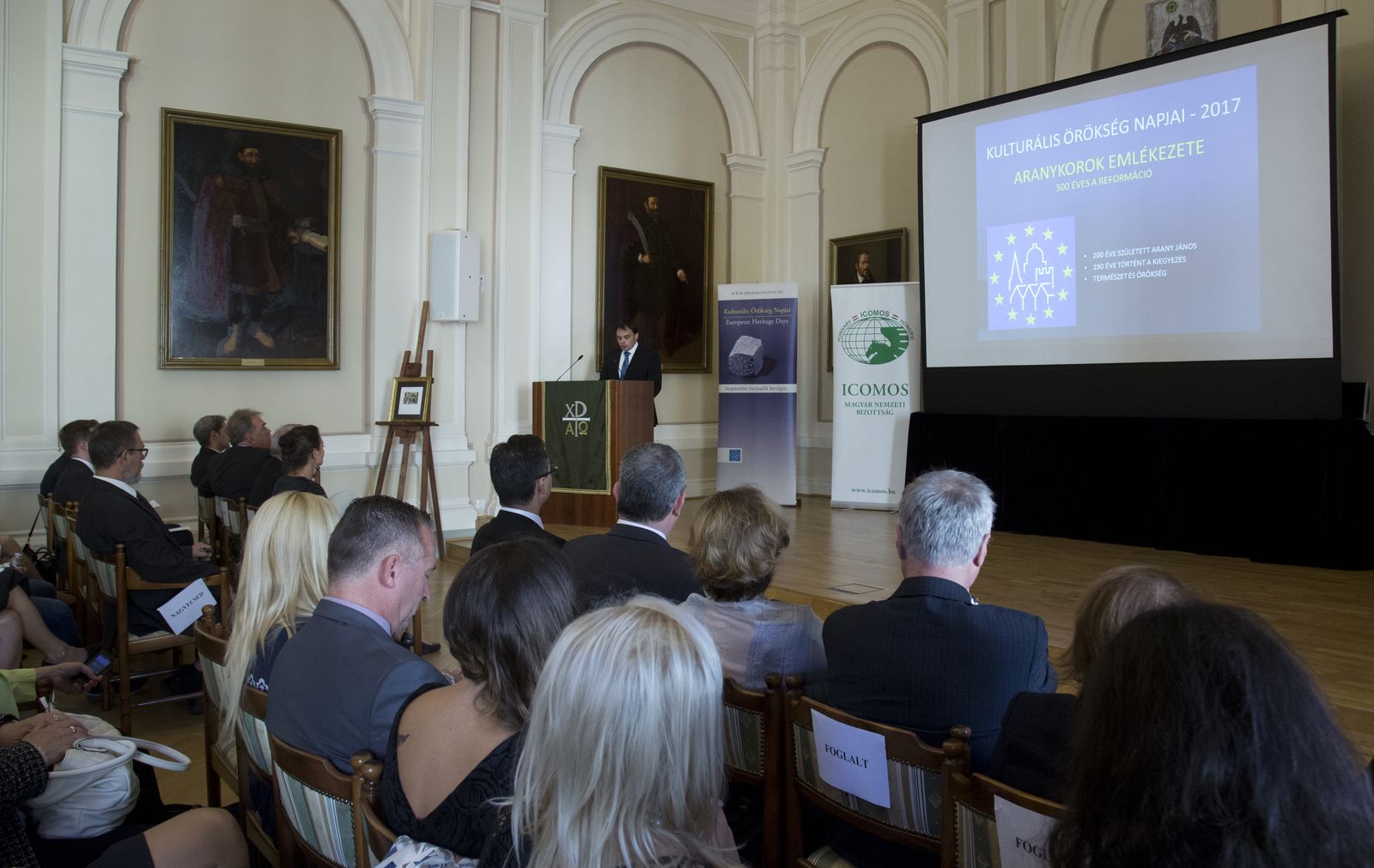
Special Recognition
In addition to September’s European Heritage Days activities, there was also a separate ceremony that recognised three Hungarian initiatives that were the best case practice for heritage preservation and promotion. One of those initiatives is the European Heritage Days Puppets custom, which has an interesting history.
In a small village called Sopronkövesd, private houses and public buildings participating in European Heritage Days started to put almost two-meter-tall scarecrows in front of their doorsteps to signify that they are open during the celebratory weekend. The puppets started to epitomise places where visitors are warmly welcomed. The small handmade scarecrow puppets later became symbols of the warm hospitality the volunteers offer for the visitors.
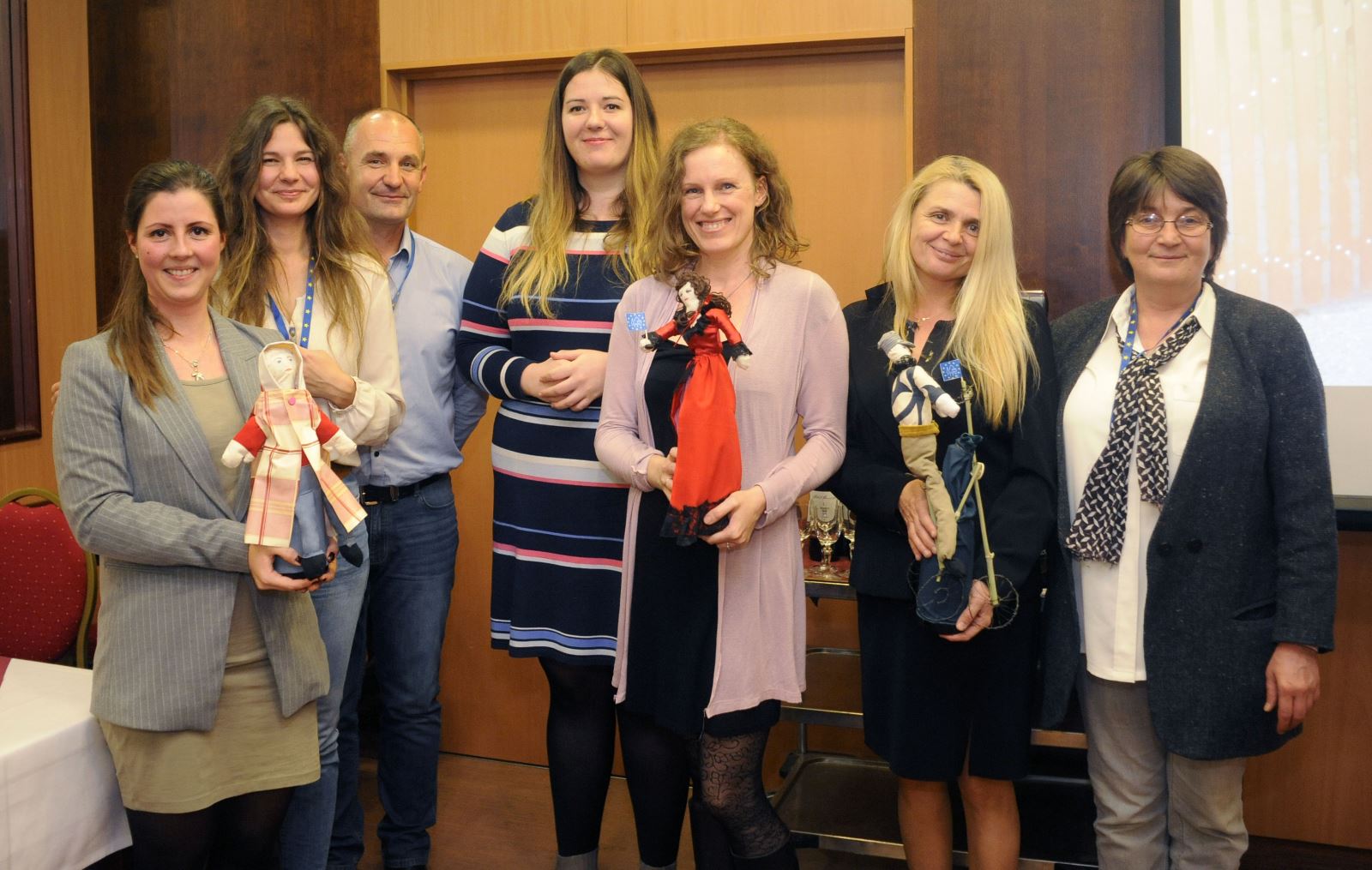
All these activities speak about the shared passion for heritage across Hungary. The variety of events, meetings, and initiatives demonstrates the importance that both heritage professionals and citizens give to the event and the ideas behind it.
